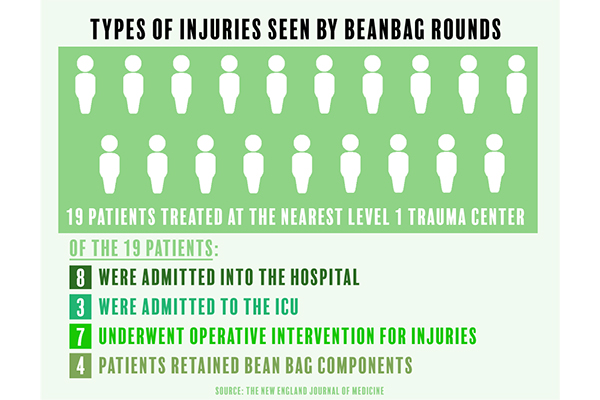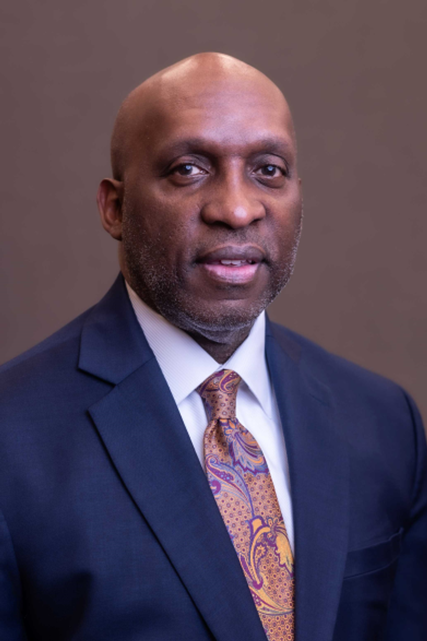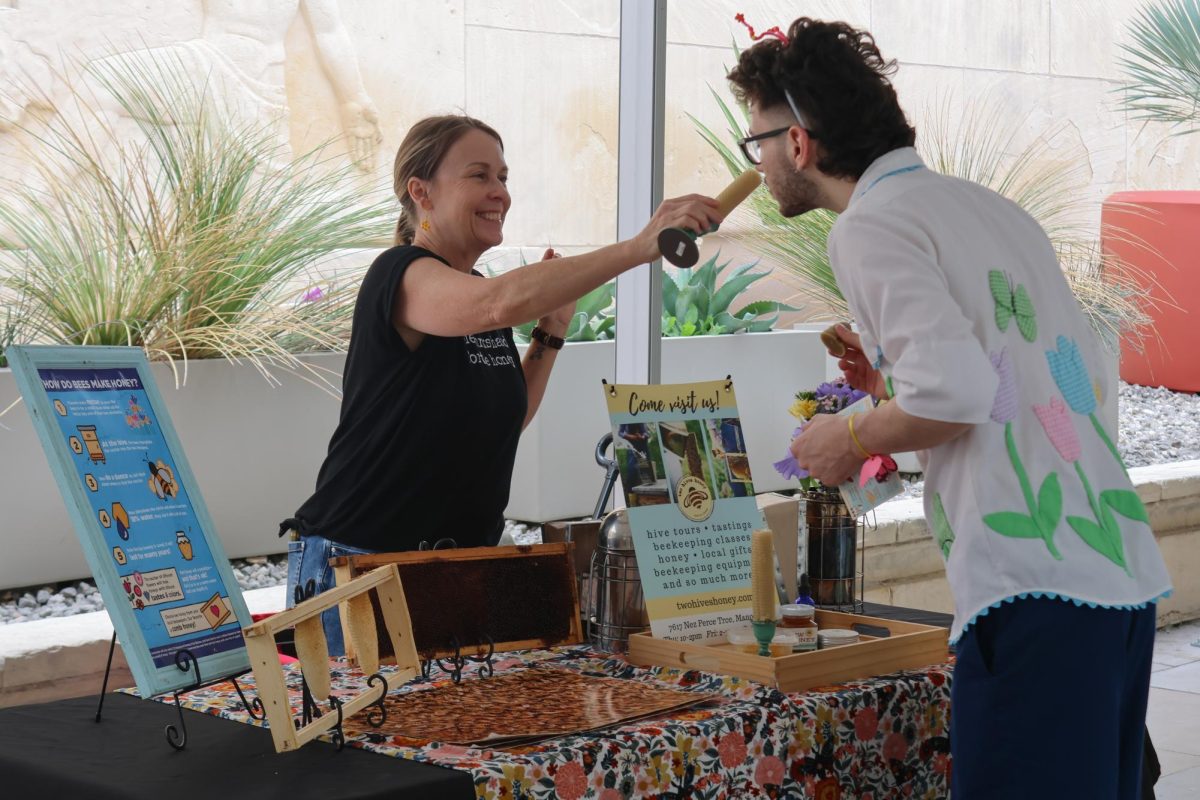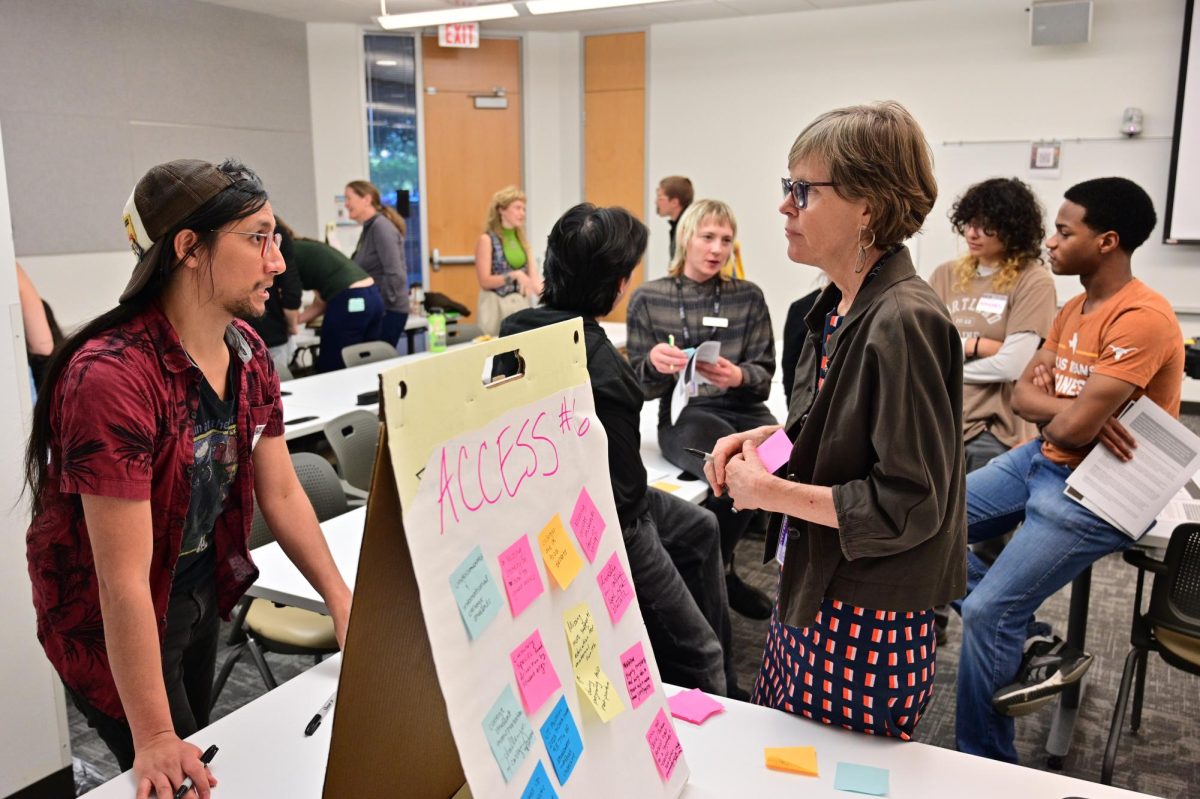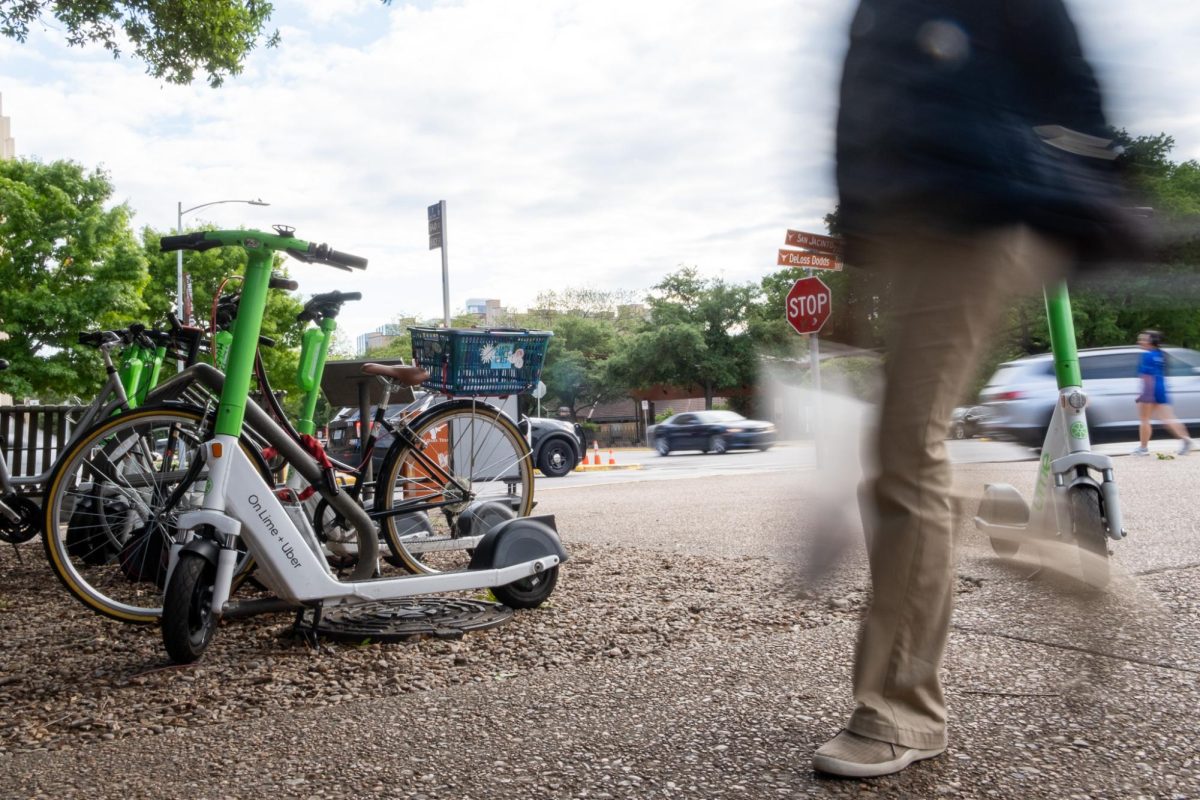“Less lethal” beanbag rounds Austin Police Department used during protests against police brutality in May and June can cause serious injuries, according to a report Dell Medical School researchers published in a letter to the editor of The New England Journal of Medicine.
A beanbag round is a small fabric sack filled with lead balls fired from a shotgun, according to reporting on “less lethal” weapons by USA Today.
“(The injuries) go anywhere from bruises to lacerations, to having fractures to bones, to having beanbags actually puncture tissue, to broken faces, to depressed skull fractures,” said Dr. Kristofor Olson, a lead researcher of the study. “It seemed like a more penetrating wound than what I thought was a beanbag.”
Olson, a Dell Medical School surgical resident, said when people hear “beanbag,” it sounds like something that may bounce off a person and leave a bruise.
“That raised our eyebrows a little bit into saying, ‘How widespread are these being used, and what do people know about this?’” Olson said. “We started seeing skull fractures and brain bleeding. It really made us wonder how much is actually out there documented on these things.”
Olson said the researchers do not know the total number of rounds fired at protesters, so they cannot provide an overall injury rate or a total number of protesters injured.
Olson said he believes these injury patterns are important to note and describe, but policy makers will ultimately decide how to handle this information.
“When we take a step back and look at all of these injuries that came in over a short period of time, and how damaging or disfiguring or debilitating that they were for these 19 people, I think that was significantly more severe than anybody anticipated,” Olson said.
APD refused repeated requests for an interview and referred all answers to a specially called Austin City Council meeting that APD Police Chief Brian Manley addressed in June.
At the council meeting, Manley announced APD would stop using beanbag rounds in crowd situations, but officers will still be able to use them as a “less-lethal” option in situations with less people and a greater distance. The beanbag rounds are also being used nationwide, according to the study.
“We saw some horrific outcomes. … It is absolutely heartbreaking to see the level of injury that occurred,” Manley said at the June meeting. ”I have changed policy already and that tool is not allowed to be fired into crowds again.”
Dr. Jayson Aydelotte, an associate professor of surgery and perioperative care, was one of 12 researchers for the study and said he did not expect beanbag rounds to inflict so much harm.
“We’re both definitely surprised, and not just us,” Aydelotte said. “Everybody else that was involved in the care of these patients was.”



